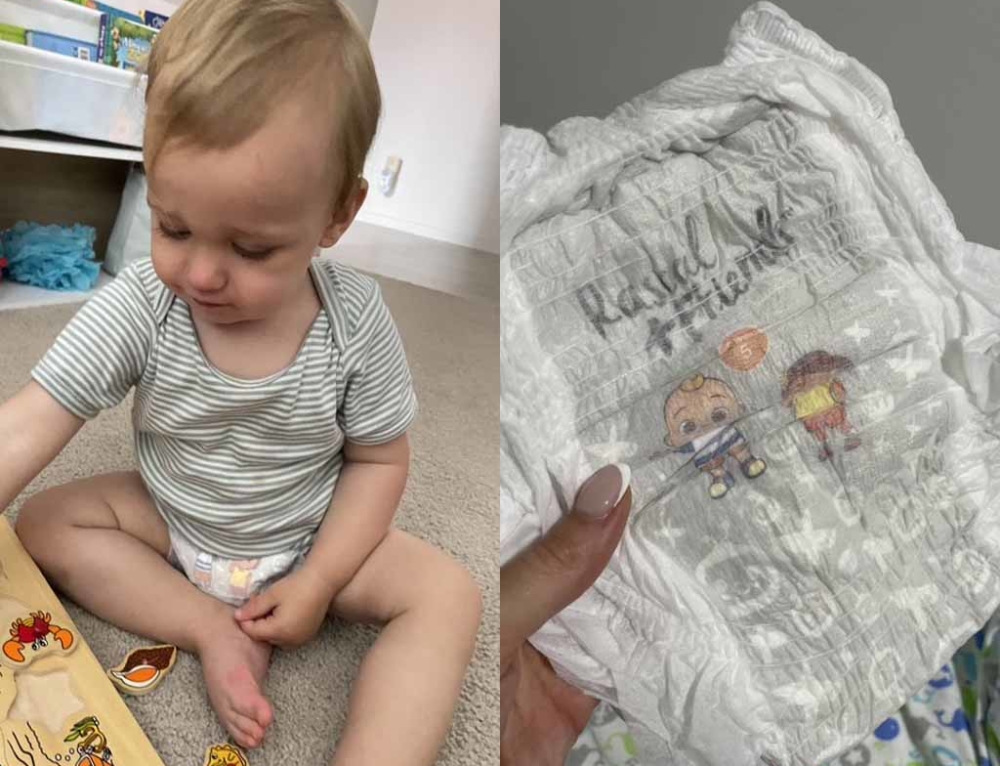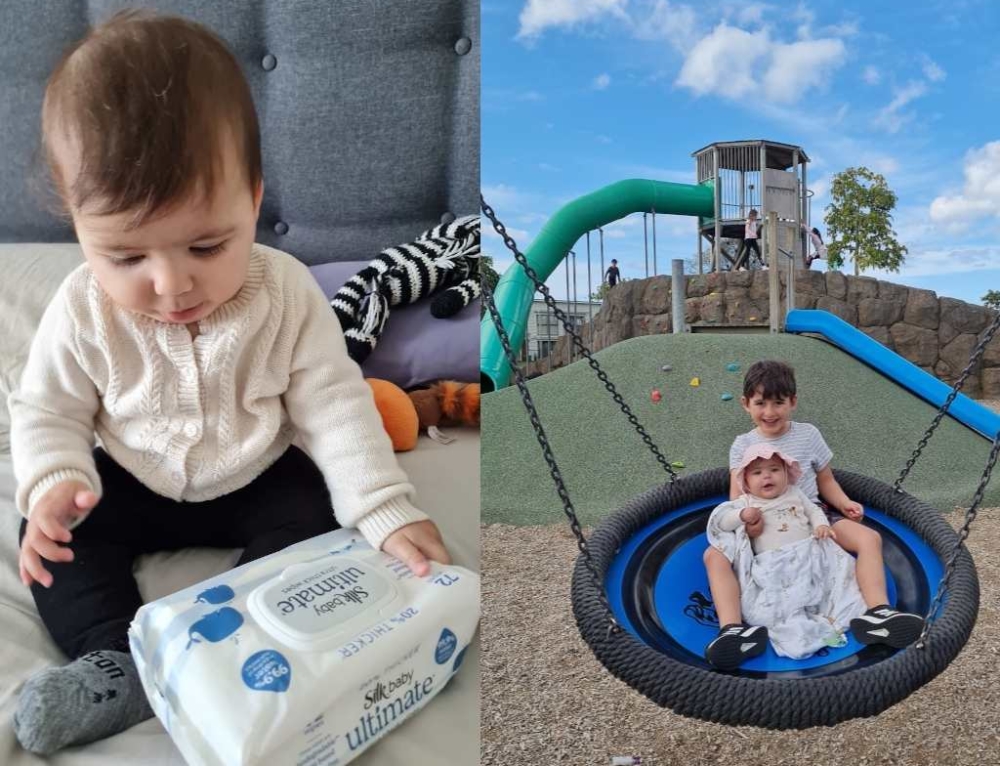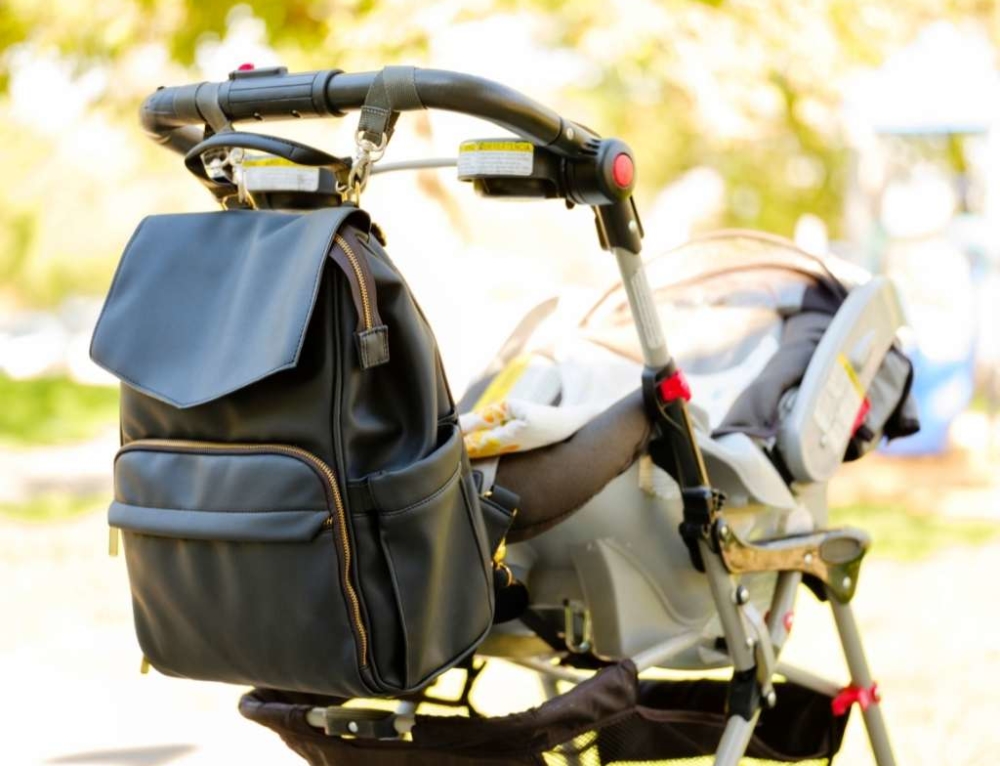Bet you never thought you’d be so obsessed with human faeces, huh? All of a sudden, parents need to know the colour, consistency and frequency of every poo – as if looking into that nappy will give us the answers to the universe.
To be fair, it’s one of your only ways to tell if your baby is well fed and healthy, and seeing an off-putting bowel movement can send you into panic mode. Here’s what you need to know about poo:
Week one
Colour and consistency
- If your baby is eating normally and doesn’t seem sick, changes in the colour (even green or grey) and consistency of the stool is most likely normal.
- A newborn’s first stools (known as meconium) are a thick, sticky, tar-like substance, which will then transition into a grainy yellow or brown by day three or four.
- Formula-fed babies tend to have a slightly formed, yellow or tan coloured stool, while breast-fed babies often have a more liquid or creamy mustard-coloured bowel movement.
Frequency
- Expect six to eight stools a day.
- If the stool is very frequent, watery and green looking, chances are your baby has diarrhoea. Diarrhoea should clear up without treatment within 24 hours, but call your doctor if concerned. If accompanied by vomiting, call your GP immediately due to risk of dehydration
- Constipated stools will be pebble-sized and firm, sometimes with bloody streaks. If you see blood, have your baby checked out by your Lead Maternity Caregiver (LMC) or General Practitioner to check out all possible causes.
- The frequency has nothing to do with constipation, as it does with adults.
- It’s normal for babies to grunt and strain during a normal, healthy bowel movement.
Weeks three to four
Your baby might still have six to eight bowel movements a day, but don’t be alarmed if the frequency diminishes or even disappears for a day here and there. More than frequency, the color and consistency will tell you if something is wrong. Babies are renowned for turning red, pulling faces, grunting and cycling their legs with the strain of bowel movements. While this can cause alarm for new parents, it’s not necessarily constipation, which is characterised by pebble-sized, rock-hard stools.
If you notice green, frothy poos (arriving in an explosive manner!), it may be that your baby is suffering from lactose overload. This is often seen in babies who consume large amounts of foremilk – the first milk that is let down when breastfeeding. You may notice that your baby is struggling with the volume of milk being let down. You can try expressing some milk prior to feeding but if this doesn’t help contact your LMC for more advice.
Baby’s poo will continue vary in colour, consistency and frequency, though you will get to know what’s normal for your child. The next big change occurs once they begin eating solids at around six months, when, unfortunately, the poo tends to become smellier.







Leave A Comment
You must be logged in to post a comment.